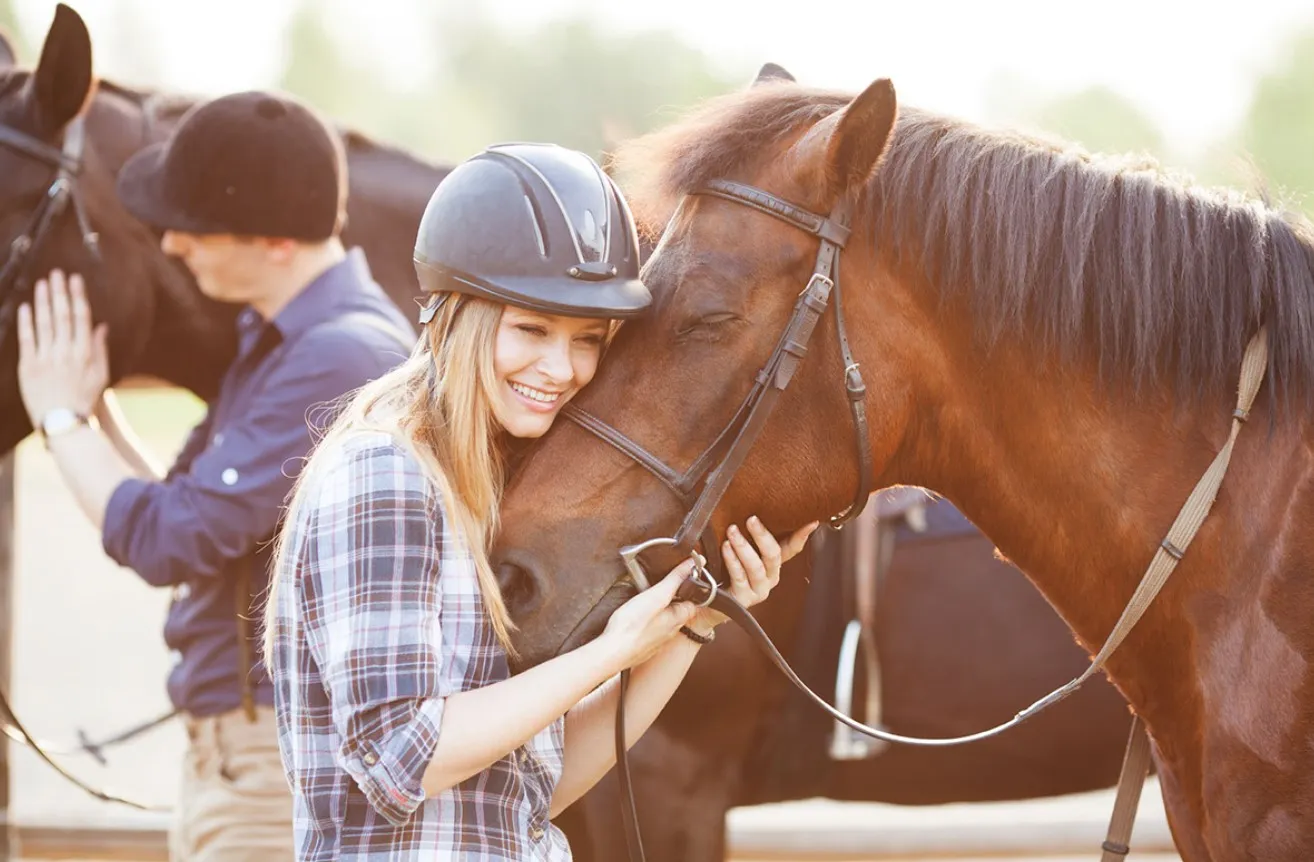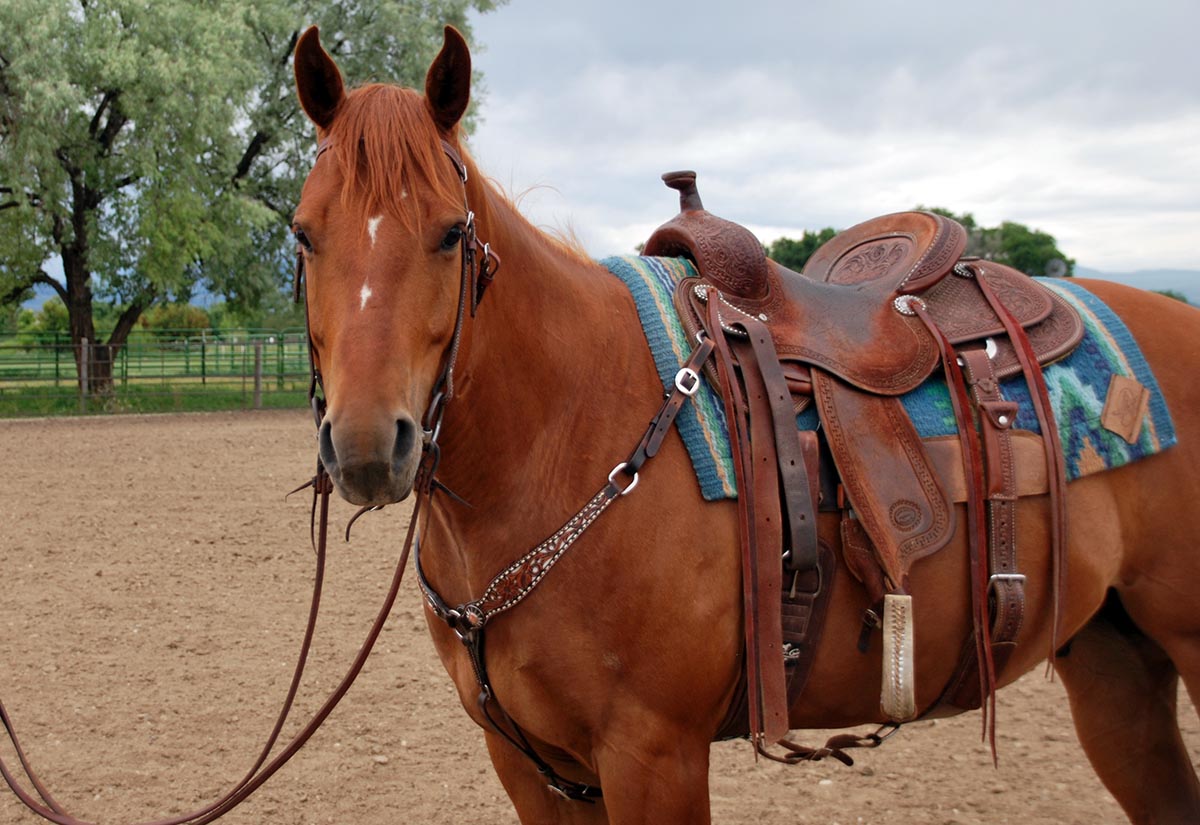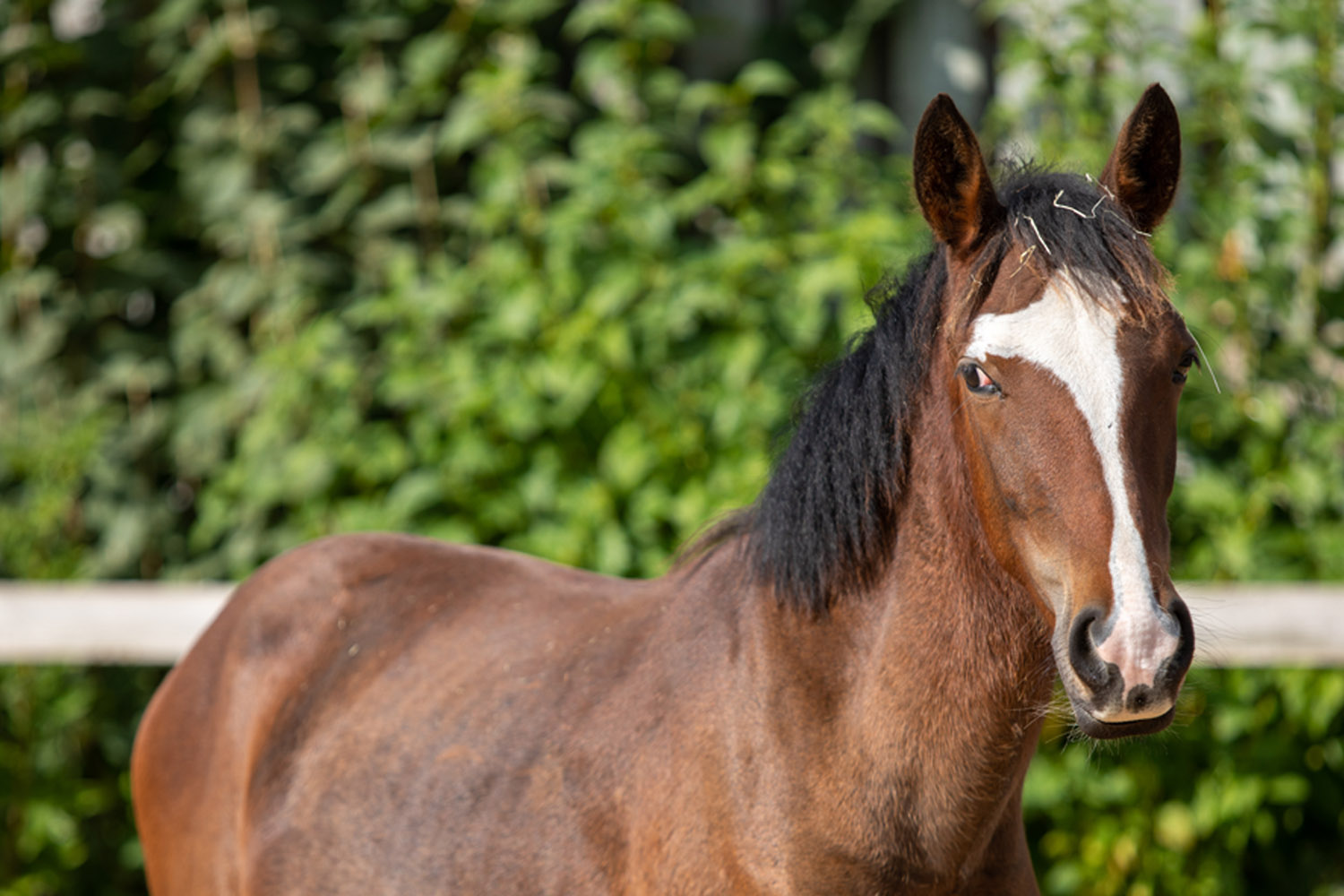For those passionate about horses, ensuring a proper feeding routine for stable-kept horses is crucial to maintaining their health and happiness. This task requires strategic planning and a deep understanding of equine nutritional needs. A well-outlined feeding routine for stable-kept horses not only impacts their physical health but also their mental well-being, setting the groundwork for a thriving equine companion.
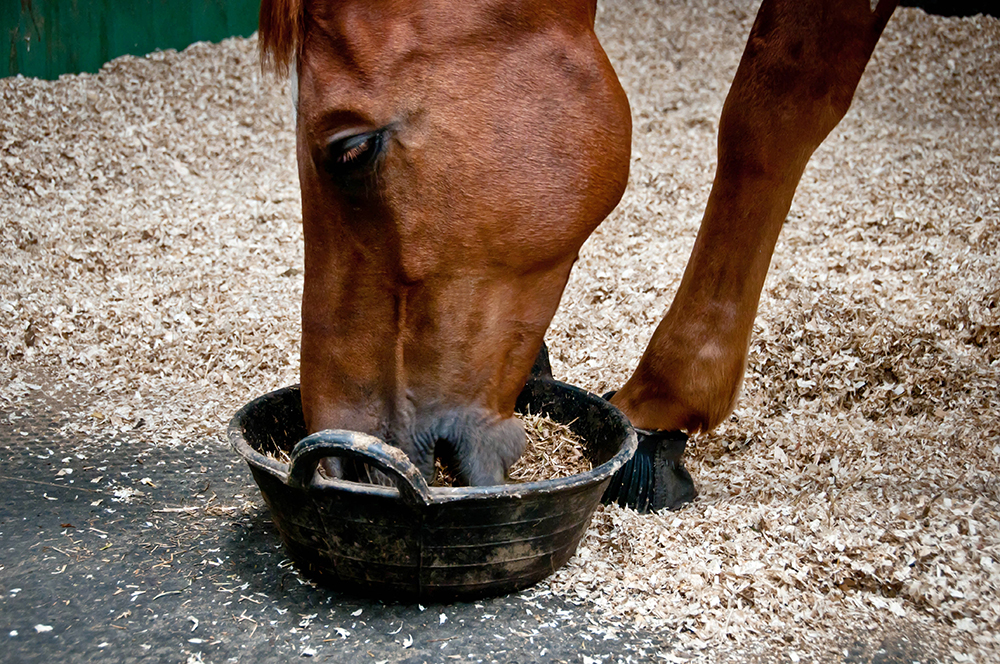
Understanding Equine Dietary Needs
At the heart of any effective feeding routine is a comprehensive understanding of horses’ dietary needs. Horses require a balanced diet, comprising mainly of roughage supplemented with concentrates. The feeding plan should match the horse’s age, health status, exercise intensity, and weight goals.
One common challenge with stable-kept horses is avoiding obesity while ensuring they receive enough nutrients to sustain their daily activities. The type of feeds, such as those discussed in this article on weight-gain horse feed, play a critical role.
Planning a Feeding Schedule
Feeding Frequency
Horses have small stomachs but large appetites, so frequent, small meals are preferable. A recommended option is feeding them at least twice a day to mimic their natural grazing habits and prevent digestive issues.
Consistent Feeding Times
Consistency is key. Horses thrive on routine, and maintaining consistent feeding times can reduce stress and anxiety often caused by unpredictable schedules.
Components of a Balanced Diet
Roughage: The Staple Feed
For stable-kept horses, the primary component of their diet should be roughage. Quality hay or hay pellets, like those explored in this discussion on hay pellets, are excellent choices.
Concentrates for Extra Energy
Alongside roughage, concentrates provide essential energy. Depending on the horse’s activity level, grains like oats, barley, or sweet feed may be incorporated. Check this resource on sweet feeds for more insights.
Supplements to Meet Nutrient Gaps
Certain supplements can be included to fill nutritional gaps such as minerals and vitamins not adequately available in regular feed. For further understanding, refer to this informative external link on nutritional diseases.
Water: The Essence of Equine Life
Ensure access to fresh and clean water at all times. Dehydration can lead to serious health issues; thus, maintaining a steady supply of water is as critical as their food.
Tackling Feeding Challenges
One common issue is the horse’s tendency to bolt their food, which requires strategic measures to slow their eating pace. Introducing slow feeders can significantly help.
Monitoring and Adjusting the Routine
Regularly monitor the horse’s health, weight, and general demeanor. Monthly or bi-monthly weigh-ins can help track changes and adjust the routine as needed.
Feeding Routine for Seasonal Changes
Adjust the feeding routine considering seasonal variations to accommodate changes in activity levels and caloric needs.
Conclusion: A Happy Horse is a Healthy Horse
Implementing an optimal feeding routine for your stable-kept horse ensures not only their present comfort but also secures their long-term health. Its a responsibility that requires ongoing attention, learning, and adjustments. Always consult with equine nutritionists or veterinarians if in doubt.
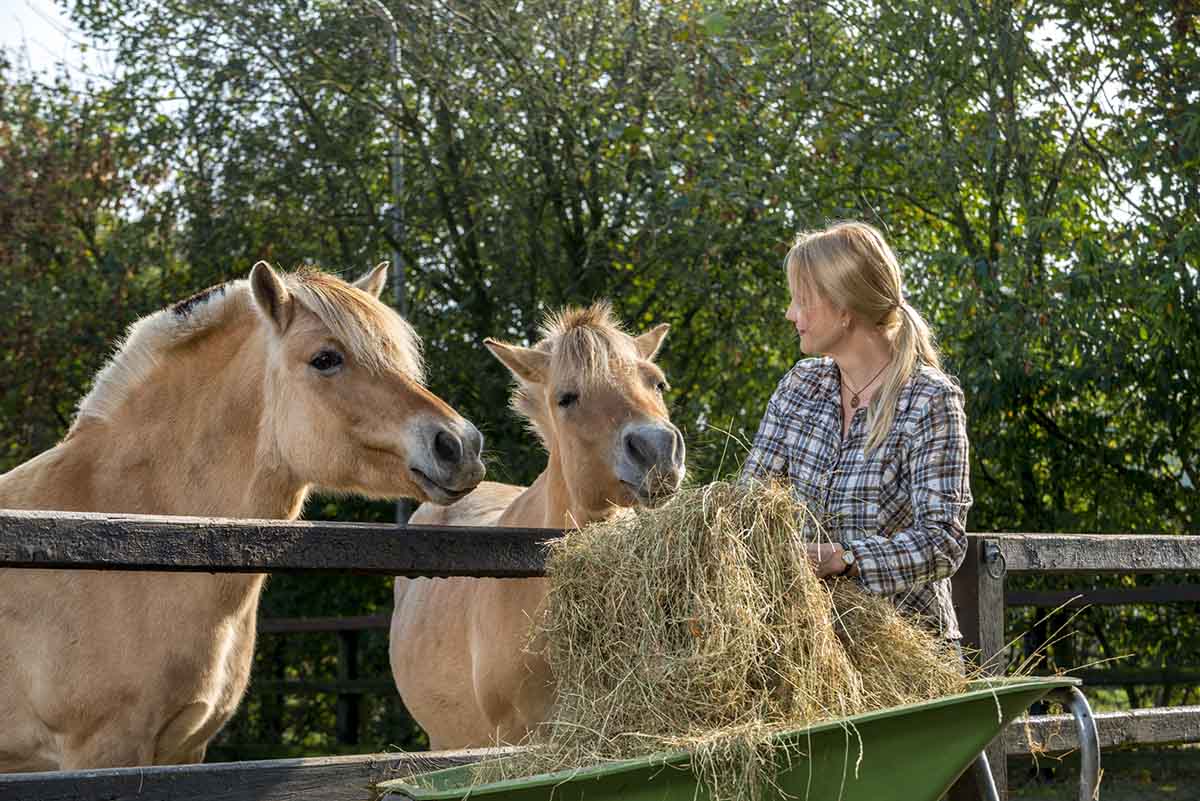
FAQ
What is a balanced diet for a stable-kept horse?
A balanced diet focuses on roughage, such as high-quality hay, combined with necessary concentrates and supplements to ensure all nutritional needs are met.
How often should I feed my stable-kept horse?
Feeding at least twice a day is recommended, although spacing smaller meals throughout the day is ideal.
Why is my horse experiencing weight issues?
This can be due to an imbalance between calorie intake and expenditure or insufficient nutrients. Regular monitoring and routine adjustments can help address this.
This article contains affiliate links. We may earn a commission at no extra cost to you.



